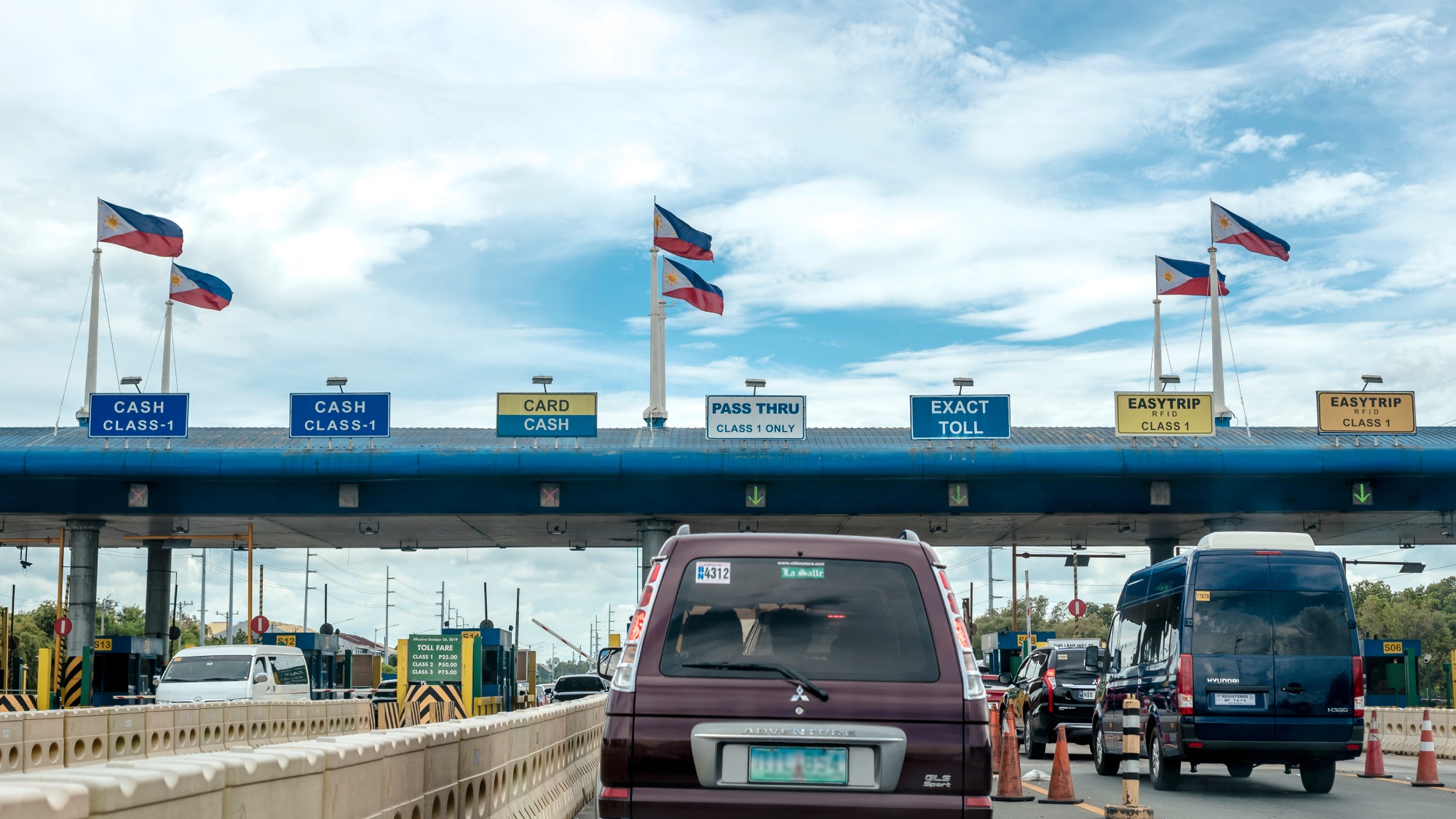Private infrastructure funding is king as Philippines struggles with budget deficit, piling debt
The Philippines is wooing more private sector players to pitch in and build high-impact infrastructure projects in the next five years. A total of 197 projects cumulatively worth PHP 8.74 trillion (USD 154 billion) have been laid out for implementation, 71 of which were inherited by President Ferdinand Marcos Jr. from his predecessor while the rest have been introduced by the latest administration.
The private sector is expected to do a lot of heavy lifting to make these projects happen. Under the “Build Better More” (or BBM, a nod to Marcos’ moniker) agenda, 48 projects equivalent to PHP 2.45 trillion will require private equity in varying amounts to account for one-fourth of the priority infrastructure portfolio. Contracts will be executed under the Public-Private Partnership (PPP) scheme wherein the private sector is expected to build, design, and finance these projects. For some, the authority to operate and/or maintain the developments is given so private partners can recover their investment over a specified concession period.
National budget funding will foot 62 projects worth PHP 1.45 trillion but are reserved for smaller projects like irrigation and provincial roads, while the bulk of 76 projects will be bankrolled by official development assistance from foreign governments like Japan and multilateral lenders like the Asian Development Bank.

In comparison to former President Rodrigo Duterte who preferred grants from foreign governments like China and Japan, Graph 1 shows that Marcos wants more PPP projects under his watch. He says this is due to the national government struggling to raise sufficient revenues to pad a growing debt burden and budgetary gap that have both swelled due to the COVID-19 pandemic. National government debt stood at PHP 14.51 trillion (USD 257 billion) as of November 2023 from PHP 8.22 trillion (USD 145 billion) pre-2019 while the fiscal deficit peaked at 8.6 per cent of GDP, further constraining the state’s ability to invest in critical infrastructure as it competes with the need to provide basic social services like healthcare and education.
The Philippines has to put out these “fires” amid fears that the wider fiscal deficit could lead to investment rating downgrades alongside the need to spend more on critical infrastructure to support a developing economy. As seen in Graph 2, the Global Infrastructure Hub estimates a USD 69 billion gap in infrastructure investments in the Philippines, particularly in road and water supply-related facilities.

Build quality hasn’t been stellar as well, with Philippine infrastructure rated 3 out of a 7-point scale in the World Economic Forum’s Global Competitiveness Index as of 2017, with railroad structure the poorest rated at 1.9. There’s a lot of room for foreign peers to impart technical skills and construction techniques to their Philippine counterparts.
Bridging the gap
The Japan International Cooperation Agency has pointed out how the Philippines’ infrastructure investments are “lagging behind” its neighbors in Southeast Asia. For context, the Philippines, a nation of more than 7,000 islands and 113 million people, only has four functioning train lines all serving Metro Manila, home of the country’s largest business districts.
The national government’s strong preference for private sector capital in supporting public investments provides multiple points for foreign investors to enter the local business scene despite long-standing limits on foreign participation under the 1987 Philippine Constitution. The national charter sets a 40 per cent foreign ownership limit for project contractors, and the workaround has always been to team up with a local conglomerate to bid for a project contract. There are fresh attempts to revise the national charter to allow greater foreign equity, but it remains to be seen if it will be successful under the Marcos administration.
Local funding remains limited as domestic capital markets remain relatively shallow and as the Philippines is still low-rated (although investment grade at BBB+) in foreign markets – meaning it costs a lot for developers to borrow long-term from global lenders.
The pool of potential Philippine partners consist of family-owned diversified conglomerates and associates in general, corner contracts for airports, railways, toll roads, and the like. A typical entry point for foreign firms is to act as partner-consultants for these developers, either to provide technical expertise and technology advancements or access to better dollar loan pricing abroad.
Joining the ride
Admittedly, the Philippines has some ways to go to shake off reputational risks from rescinded contracts and payment issues under previous governments, such as the 13-year legal battle over passenger terminal 3 of the Manila airport built by private consortium Philippine International Air Terminals Co. Revisions to project evaluation processes, including the recent Congressional approval of a new PPP Code that promises simpler and fewer permits for developers, should provide assurance that the Philippines is willing to embrace greater foreign equity and increased private sector participation to support its infrastructure push.
Foreign investors have a lot to offer local builders in exchange for promising yields. We believe developing Asia, including the Philippines, is the place to invest in even at a time of high yields in the US market. The growth momentum is here, and buoyant investment flows will prop investment returns higher as Manila guns for annual economic growth at 6.5-8 per cent up to 2028.
Bulk of PPP projects under the priority list remain in the proposal stage, giving private sector players time to scout their options and negotiate investment terms for the years ahead, their ticket to ride on the country’s growth story for longer.






